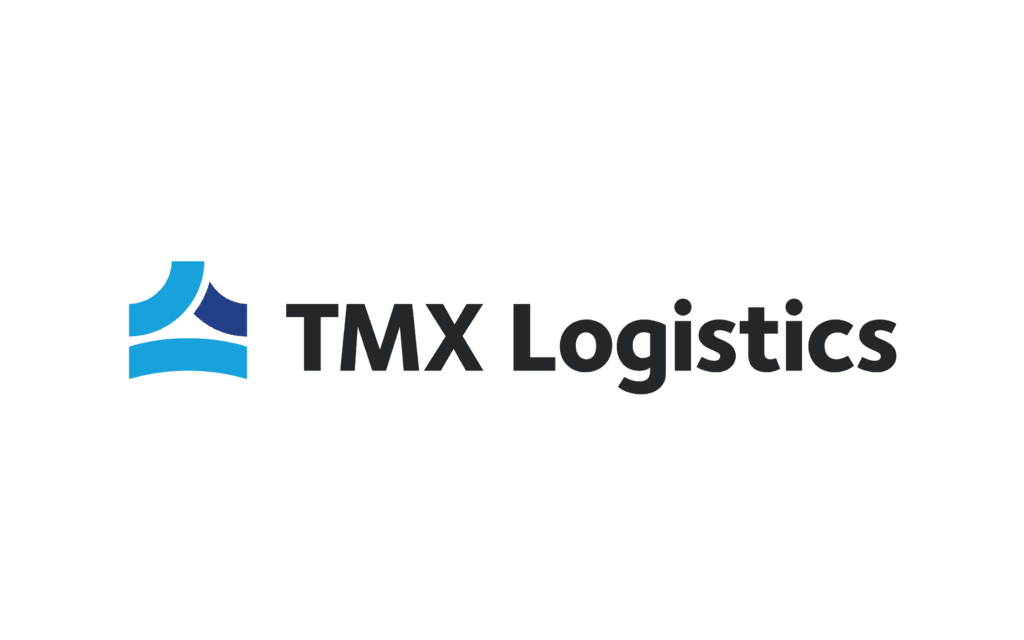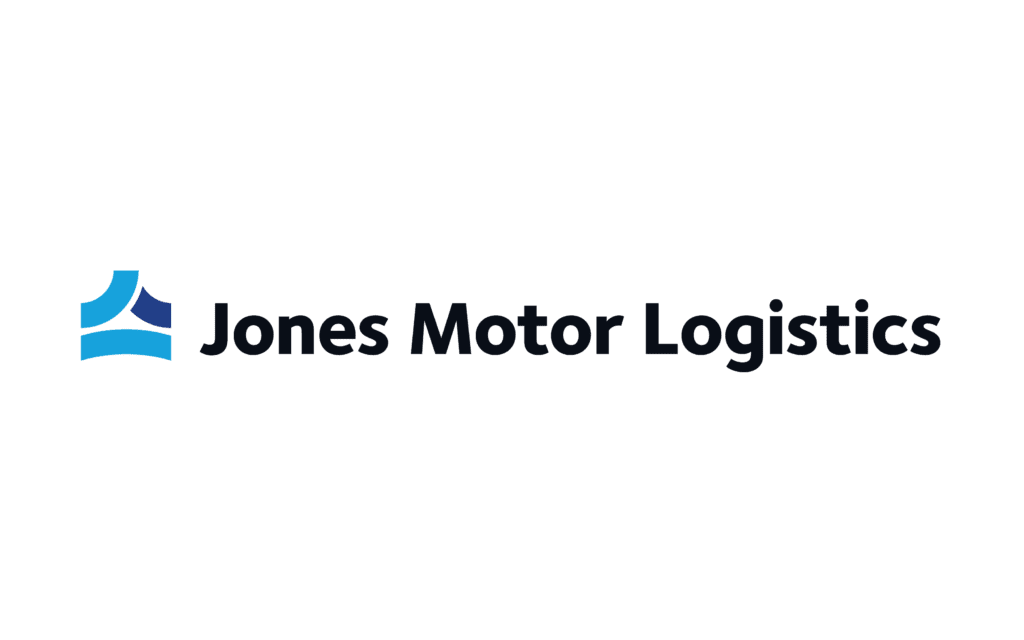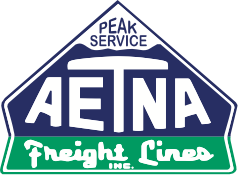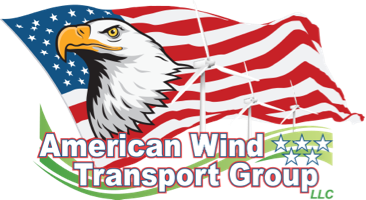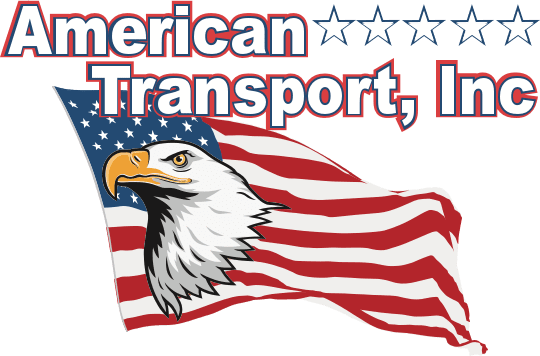Freight fraud – particularly double brokering – is now a significant threat in our industry, siphoning $500-700 million dollars annually from shippers, brokers, and carriers. Over the past few years, the trucking industry has transitioned away from brokers utilizing large, established carriers to working with smaller fleets and independent truckers. In this new landscape, trust is as valuable as the cargo itself.
In this article, we’ll answer the question, “what is double brokering?” We’ll also teach you some ways to spot it and how to better protect yourself and your fleet from this growing problem.
What is Double Brokering?
Double brokering happens when a carrier or logistics entity books a load and then re-brokers it to another carrier without the knowledge of the shipper. In many cases, scammers pose as legitimate carriers, stealing their identities and falsifying documentation in complex fraud schemes. This can lead to unpaid freight charges, cargo theft, and disrupted supply chains. Whether fraudulently done or not, double brokering is illegal and a huge liability for freight agents and shippers.
Double Brokering vs. Co-Brokering
Sometimes, double brokering is confused with co-brokering, a completely legal and common practice. Co-brokering involves collaborating with another broker to facilitate a shipment, typically when one broker lacks the capacity or resources to handle the entire load. Trust and transparency are the key differentiators in co-brokering. Unlike in double brokering, both brokers are aware of each other’s roles and responsibilities, and have entered into an agreement outlining those items.
3 Red Flags for Double Brokering
Not only is double brokering extremely risky, but it can cost you your customers’ trust. Here are some common signs you might be looking at a double brokering situation.
- Their pricing is too good to be true.
Enticingly low prices may seem like a boon, but sophisticated scammers often ensnare freight brokers with ultra-competitive freight bids. Likewise, if a carrier is being offered an exceedingly high rate for a particular lane, this is cause for suspicion. - You can’t verify the carrier is qualified and insured.
If you can’t vet a carrier’s insurance status, operating authority, safety records, company history, financial stability, or other important details, it’s a risky bet. Some carriers hide questionable safety ratings and bad drivers by double brokering. - Communication and tracking systems are lacking.
Legitimate carriers offer real-time load tracking–and there’s no excuse for a truck driver who doesn’t want to be tracked can cause headaches. Similarly, if the driver checking in at pickup isn’t the same driver listed on your paperwork or they can’t verify information about the load, be wary.
How to Protect Yourself Against Double Brokering
Freight brokers, shippers, and carriers must all work together to protect their supply chains against double brokering. Here are some best practices to help everyone guard against falling victim to a double brokering scheme.
- Stay informed and educate so everyone can stay vigilant.
Simply educating your employees and supply chain partners can go a long way toward preventing fraud incidents. Foster a culture of transparency, and establish clear protocols for reporting suspicious activity. - Audit and vet your transportation providers.
Thoroughly examine potential carriers’ credentials, checking for inspections and violations, insurance coverage, a legitimate Employer Identification Number (EIN), contact information on file and verified with the FMCSA, and more.Consider investing in a system that will automatically verify a carrier’s data against risk assessment databases when a load is booked. - Validate carriers at pickup and delivery.
Require brokers to schedule an appointment and provide detailed carrier and driver information before pickup. Then, confirm those details at pickup. The driver showing up should be able to verify that the load number, driver or carrier name, and truck or trailer numbers match up to your records.Consider utilizing QR codes, authentication keys, and electronic paperwork to confirm drivers’ identities and mitigate the risk of document forgery. - Utilize real-time tracking.
If you don’t have one, consider upgrading to an automated freight visibility system. They help protect against cargo loss or theft by collecting tracking data through mobile apps and electronic logging devices (ELDs)These systems not only track that the same carrier who picked up the load also delivered it, but advanced systems can also monitor the condition of individual pallets or containers within a trailer. - Avoid load boards.
Many scammers lurk on public load boards. Minimize your exposure by working with known partners. - Build long-term relationships with carriers.
Consistency fosters accountability and reduces everyone’s vulnerability to double-brokering and fraud. Instead of searching for the cheapest way to move your freight, build strategic partnerships with trusted brokers and carriers.
At Bridgeway, we offer safe, secure, end-to-end freight services. Our motor carriers, brokerages, and logistics professionals are fully vetted and ready to haul your toughest load.
